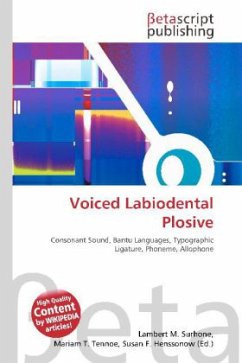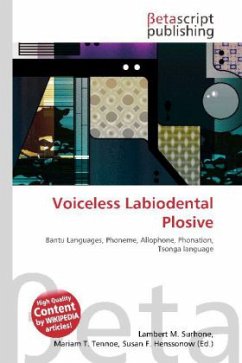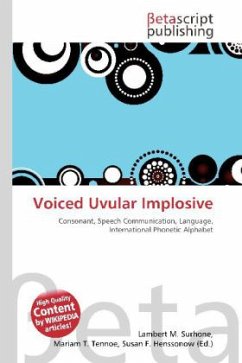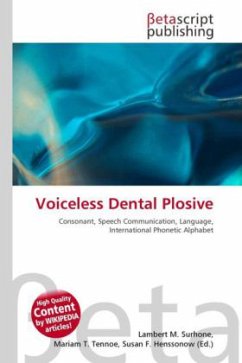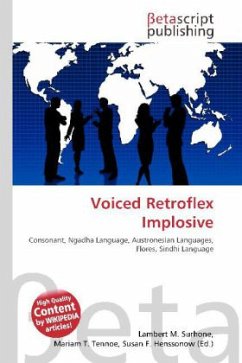Please note that the content of this book primarily consists of articles available from Wikipedia or other free sources online. The voiced labiodental plosive is a consonant sound produced like a , but with the lower lip contacting the upper teeth, as in [v]. This can be represented in the IPA as [b ]. A separate symbol not recognized by the IPA that is often seen, especially in Bantu linguistics, is the db ligature . The voiced labiodental plosive is not known to be phonemic in any language. However, t does occur allophonically: In the Austronesian language Sika, this sound occurs as an allophone of the labiodental flap in careful pronunciation. The XiNkuna dialect of Tsonga has affricates, (voiceless labiodental affricate) and (voiced labiodental affricate) (that is, and ), which unlike the bilabial-labiodental affricate of German are purely labiodental.
Bitte wählen Sie Ihr Anliegen aus.
Rechnungen
Retourenschein anfordern
Bestellstatus
Storno

